One of the most common indoor as well as outdoor plants is the cactus plant. They may be prickly cacti or even growing succulents. The cactus plant is especially praised as it is easy to grow and maintain and they seldom require the same level of care that other indoor or outdoor plants do. You can also learn more about other indoor plants such as airplants or ways to grow the monstera plant through our extensive gardening guides.
All cacti species are extremely sturdy, resilient, and can withstand extreme weathers as well as neglect. Most are planted in potting soil or potting mix but once its roots start poking through the drainage holes, it is time to transplant your cactus plant carefully without damaging its fragile roots. The cactus plant grows slowly and you will need to transplant it in 3-4 years or 2-3 years for fast maturing types.
While it may sound simple enough, transplanting small or large cactus can be quite challenging as this unique plant is covered in small and sharp spines that can prick and break through the skin if you aren’t careful. You may wrap it in layers of old newspaper or wear thick, protective gloves when handling it, but avoid gloves that are made of flimsy material, leather, or even canvas as these are no match against the sharp edge of the cacti spines.
It is also important to transplant your cactus plant early to mid-spring when it is actively growing and maturing. This helps in its recovery as well as allows it time to familiarize with its new environment. For more tips on growing your favorite plants, be sure to check out our Your Home Your Garden guides on growing strawberries, or effective ways to mulch your garden beds, as well as, learning how to keep your peace lilies from browning. Keep on reading!
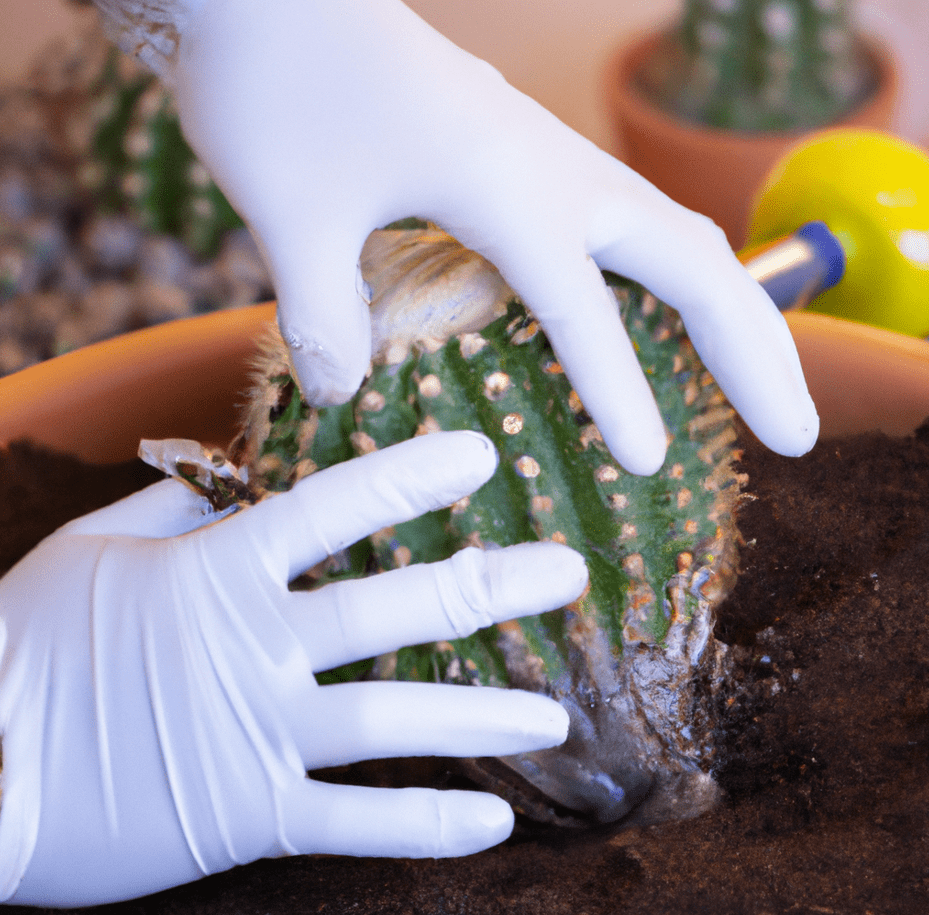
List of Items Needed to Transplant Your Cactus Plant
- Newspaper
- Protective, thick gloves
- Potting mix/potting soil
- Adequately sized container/pot

Step-by-Step Guide on Transplanting Most Cacti
The following set of instructions will guide you through the entire process of transplanting your cactus plant safely and securely while also protecting its fragile roots.
1. Gather the Tools and Supplies and Begin Preparation
The kind of tools you will need to transplant your cactus plant depends entirely on its size and also the amount of spines and level of spikiness. Smaller cacti such as succulents are easy to pull and do not require special gloves or even layers of newspapers. However, moving large cacti will require proper safety equipment such as thick gloves as well as rolls of newspaper. Whatever its size, we recommend wearing gloves when handling cacti.
2. Gently Remove the Cactus Plant from the Pot
Use a small shovel or even your fingers to loosen the soil from the base of the cactus plant. At this point, you can even wrap the cactus with a newspaper to make it easier to pull out without hurting it or yourself. You can also use a towel for this purpose.
Now gently brush away excess soil as you wiggle it free and as soon as the root ball is out of the pot, lay the cactus flat on the floor or any other surface.
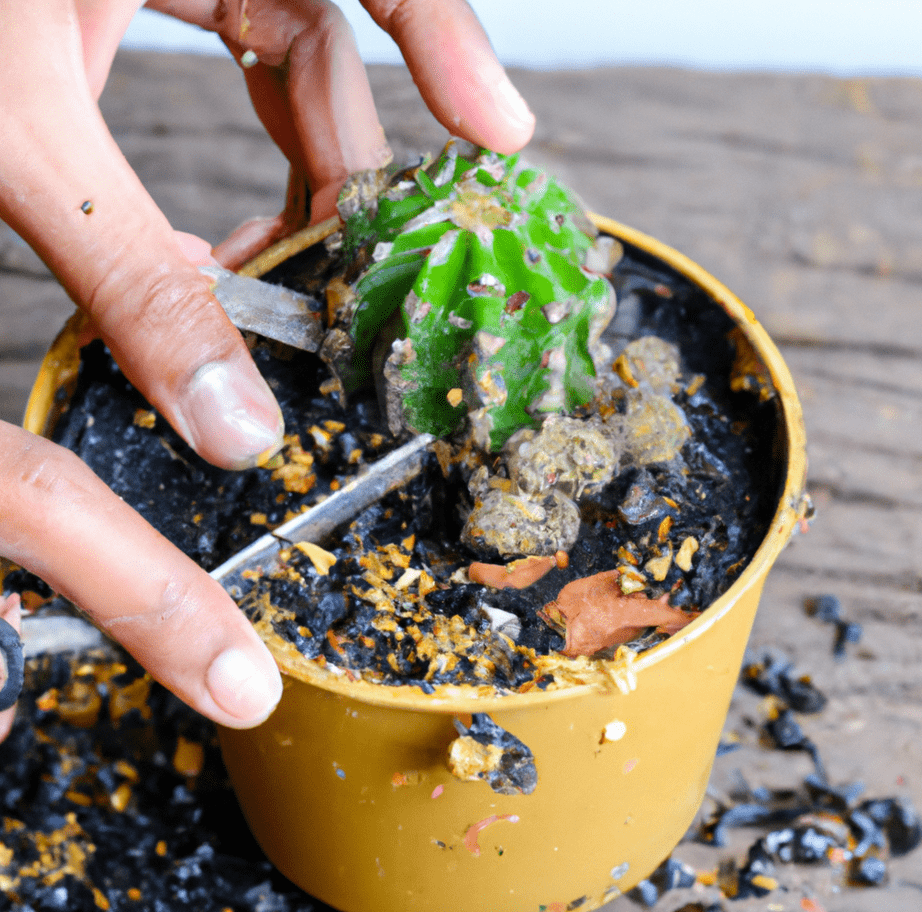
3. Discard the Remaining Soil and Free the Root Ball
Discard the remnants of the oil soil still glued to the root ball or the bottom of the cactus. This can take some time as the root of the plant can be quite fragile and depending how stuck it is with the soil, you may need to be extra cautious and delicate. Take your time when doing this so you don’t break any roots.
4. Trim the Roots if Needed
Once all the excess dirt is wiped away and the cactus roots are free, inspect them all around and see if it would be a good idea to give them a trip and rid them of any pests or diseases. Dead roots should also be clipped off at this point as this could lead to fungicide otherwise.
5. Select a New Container
Thanks to their versatility, cacti can be grown in virtually any type of container but unglazed clay pots work best as they absorb excess moisture in the soil and keep your cacti roots from flooding. These clay pots also keep you from over-watering the cacti. Also ensure there is a large enough drainage hole in the bottom of the pot.
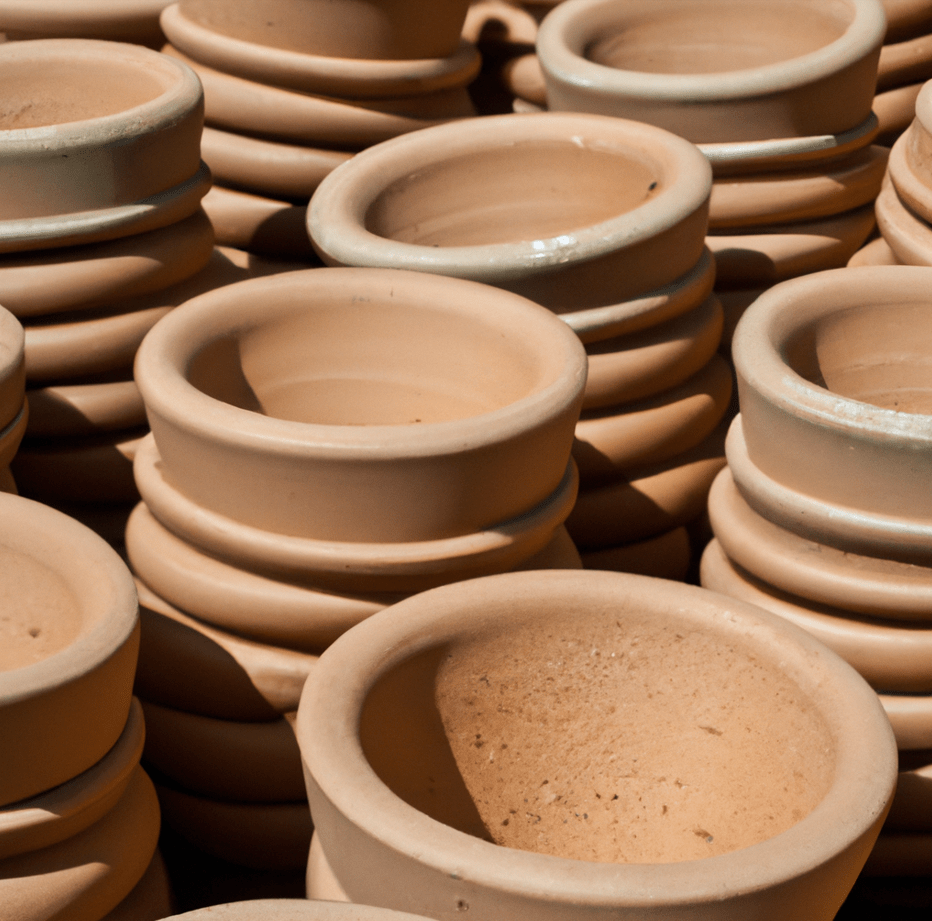
6. Plant the Cactus in the New Pot
Pick a container or pot and fill it with a cactus soil mixture which can be bought from gardening vendors easily, otherwise you can prepare it yourself at home. Now make sure that the cactus plant is planted at the same depth as it was previously in the smaller container.
Next, wrap the plant in layers of newspaper or a thick towel and gently place it inside the pot. Keep holding in place with one hand as you fill a mixture of coarse sand and potting mix together. Once done, this will keep the cactus in place.
Be careful not to immediately water a transplanted cactus plant as much like other plants, this also needs time to assimilate and familiarize with its surroundings. Wait a week before you resume a steady watering schedule.
If you are worried, don’t be! Cacti are incredibly resilient and can handle the process of transplanting and repotting well, so long as they were in a healthy state previously. Once this process is complete, place your cactus back in the same place as before so it receives the same amount of light, sun exposure, ventilation, and protection.
Cacti do fairly well in hot climates and thus require a significant amount of sunlight for strong growth. Place your cacti outdoors where they can receive ample sunlight and during winter months, you can bring them in and only place them outside when the full sun is out.
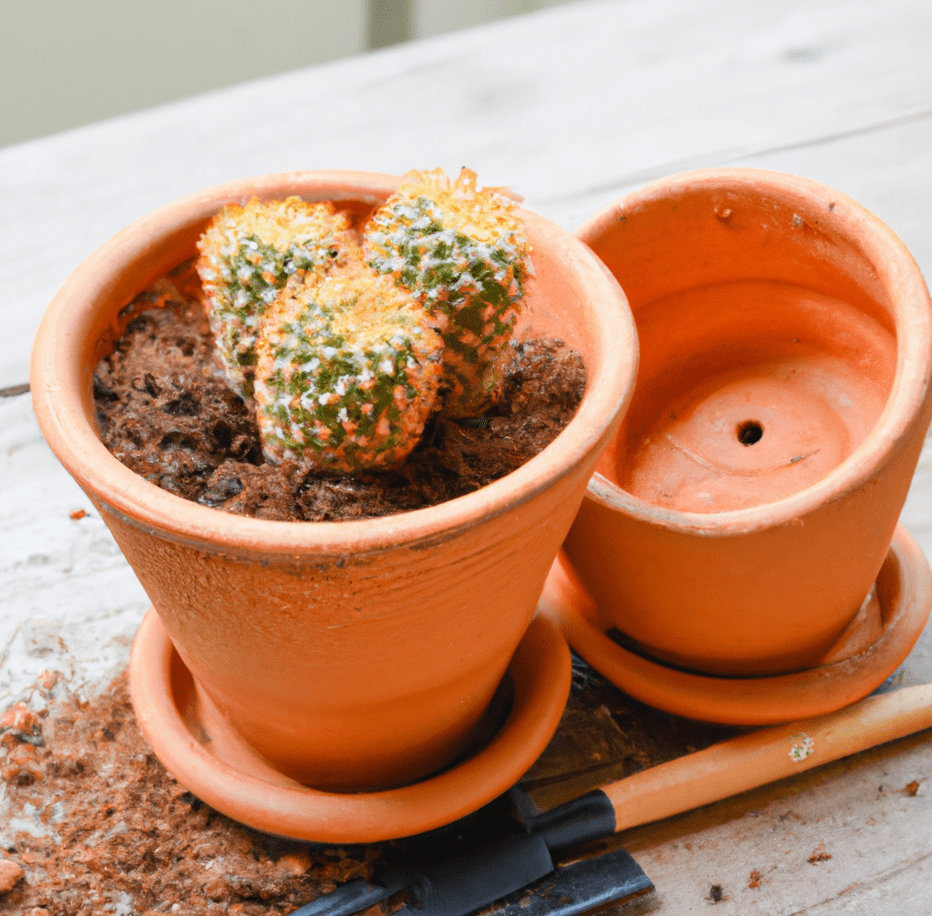
Care Tips for Your Cactus
These watering care tips for most cacti species will encourage new growth even in old soil.
- For tap-rooted and succulents and bare root cacti, always wait a day or two before watering them. Don’t wait for longer than this. This helps the roots to restore any damaged areas. Some succulent varieties can be watered right away but check with the seed package or plant directions first.
- Newly potted cactus in your outdoor garden beds should be watered in the beginning for 6-7 days after transplanting. During summer months, these plants enjoy regular watering. After at least a year, your cacti will require proper watering every 2-4 weeks during the hot summer or spring months and especially if it has not rained in a while.
- Newly transplanted outdoor cacti should be watered regularly on a weekly basis, especially during summertime.
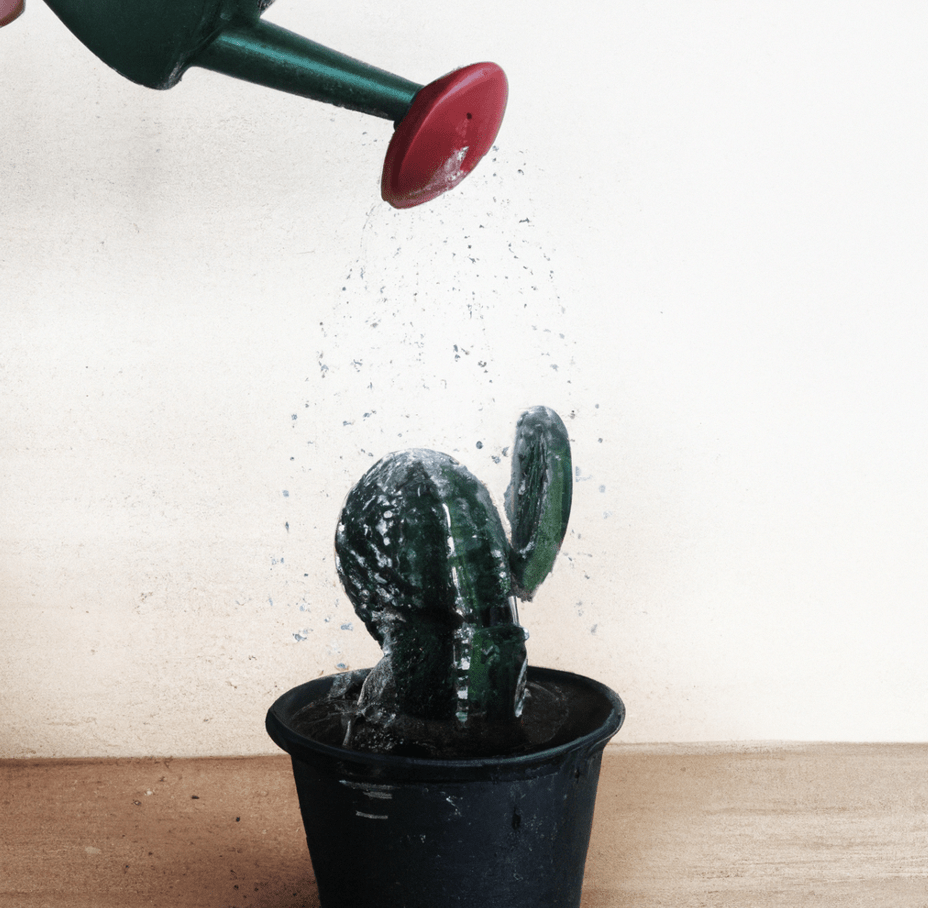
Frequently Asked Questions
Is it good to water a cactus after transplanting?
You should not water freshly transplanted cactus immediately. This is because the cacti need time to adjust to its new surroundings and conditions. Therefore, it is better to wait for these new plants to first settle in their new environments for at least a week. You can begin watering afterwards.
Do cactus need deep pots?
No, cacti do not need deep pots. This is because these have shallow roots and grow rather slowly compared to other plants.
Is it okay to use regular potting soil for cactus?
No, it is not okay to use regular potting soil for cacti. This is because it holds too much moisture which may cause the fragile cacti roots to rot and suffocate. Instead, we recommend using a coarse sand mix.
Do cacti need pots with holes?
Yes, it is better for your cacti to grow in pots with holes as it helps with drainage. However, do not worry if your pots do not have holes. This will not stop the cacti from growing. Simply keep a close eye on moisture levels.







